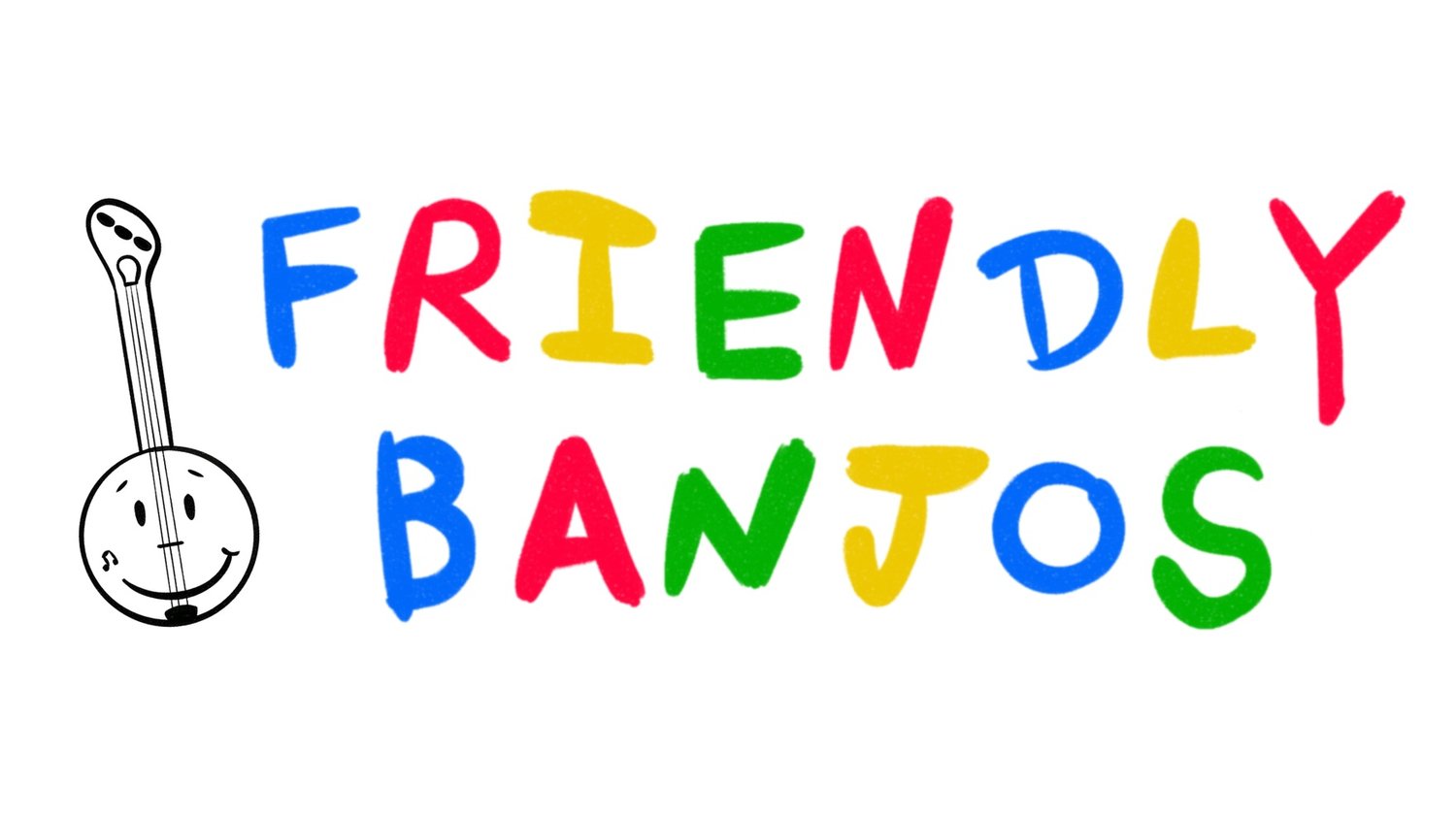FAQs
When will my Friendly Banjo arrive?
Your Friendly Banjo is crafted just for you! Unlike mass-produced instruments, yours begins as a piece of locally grown maple, hardware, and a drum after your order is placed. Handcrafted at the Magic Fluke workshop in Sheffield, Massachusetts, each Friendly Banjo undergoes thorough inspection for intonation, tone, and action. While this heirloom process means it can take up to 2 weeks for your banjo to ship, it guarantees you a one-of-a-kind, high-quality musical instrument designed for a lifetime of playing. Good things come to those who wait!
What is the best age for the Friendly Banjo?
The Friendly Banjo and our color-coded “Do Re Mi” learning system were designed with children ages four and up in mind, along with the adults who support their musical journey. With that said, we like to think Friendly Banjos aren’t limited by age, but by a willingness to explore and discover something new. Anyone—from a newborn to their great grandparent—can take away something meaningful from spending time with a Friendly Banjo.
Is there a left-handed model?
Technically, there isn't a left-handed OR a right-handed model. The Friendly Banjo, in both shape and string order, is essentially symmetrical, making it accessible for both right- and left-handed players. You don't have to change the strings dependent on your dominant hand! As a left-handed person, this was a key consideration for Zack, the founder of Friendly Banjos. Learn more about changing the tuning from righty to lefty on our Tools page.
What makes Friendly Banjos unique?
Friendly Banjos only have three strings, while banjoleles and ukuleles have four. This not only simplifies tuning your Friendly Banjo but also features an intuitive string order that makes it much more approachable for beginner players. Unlike ukuleles, banjoleles, and even guitars, Friendly Banjos are designed to be played in an "open tuning," which means the open strings, when strummed, are already tuned to form a chord. They also have a color-coded tab system instead of frets, so you're only playing notes in the "Do Re Mi" scale when sticking to the colors on your banjo's neck. Bonus: almost every chord only takes one finger to play!
What are the benefits and limitations of open tuning?
Open tuning simplifies playing by limiting notes to those in the tuned key, effectively eliminating "wrong notes" in the colored areas. This makes it beginner-friendly, but it also means you can’t play every chord on the Friendly Banjo right away. In advanced lessons, we’ll cover alternate tuning techniques for playing in different keys.
What’s covered under the 1-year warranty?
Each Friendly Banjo comes with a one-year warranty against defects in materials and workmanship, starting from the date of manufacture. This warranty is valid for the original purchaser and covers repairs or replacements at Friendly Banjos' discretion. The warranty is void if the banjo is damaged due to misuse, abuse, neglect, alteration, or repair by anyone other than our own production facility.
Any products found to be defective within the period will be repaired or replaced by Friendly Banjos without charge. Generally repairs are shipped within 1-2 weeks of receipt by UPS ground or USPS priority mail unless otherwise specified.

